Day 6 B is for Blue W… ater (Written on June 06, 2013)
The sea is becoming lively with a bouncy zing, reminding us where we are. Checking all the screens and instruments in the wheelhouse at the beginning of my watch, I am glad to see they are there – the zooplankton that is. These are the animal members of the planktonic soup featured between 25 and 83 m. They steal the show each night, what will they get up to today?
We are SSE of Eucla near the 3000m contour, in 3877m of water near the Nullarbor Canyon. The word nullarbor translates from the Latin as “no trees”….they are probably right, there are no trees in this canyon!
A couple of star constellations show through the gap in the “cupped hands” of the hiding heavens. I am looking forward to a starburst night anytime soon. Turning my attention back to the echo-sounder, using the touch-screen one can collect a “screen-shot”. I am interested, simply due to the intriguingly ordered nature of the concentrated biomass. A physical feature or two, namely, water temperature, salinity or even visibility limits presence. In this case, the imposing factor causes a very tidy and neat line of living organisms 83 m from the surface.
The clouds and targets on the radar are interesting, the shipping and navigation data crucial for safe passage but my newly favourite instrument is our new echo-sounder showing a never ending flow of living organisms. Each of these dots moving slowly en masse on the screen are animals – absolutely fascinating for a night-peering biologist!
The process of observation by biologists arose in part from the gentleman’s “art” of carefully recording details and data with drawings and notes describing the natural world around him. These people were first known as naturalists. Can you imagine being on Beagle with Darwin? Notebooks were filled and ship holds brimmed with specimens. Even today, biologists still have much to observe. Many processes have been described and determined but also many elegant patterns are yet to be unravelled, we are just scratching the surface. Such is the biologists’ quest. What makes animals tick? And for ecologists, how does the world influence organism’s abundance and form/function.
I am hoping B is for Blue whales today. The canvas of an unlimited sea-way holds so much promise. We take the slim chances and thoroughly enjoy the rewards when a cetacean sighting is made. At least, I have bought a lotto ticket – I have my eyes open and my mind prepared for the challenge! You have to be in to win, and by Jove I’m in!
Over the next day our track across the Great Australian Bight towards Cape Catastrophe in South Australia will take us to the shallow end of this giant pool! We are currently travelling over the 3000m contour and within 24 hours, Whale Song will be in less than 100m of water completing our crossing of the Bight in the Southern Ocean.
The sky is totally cloud-free at 0135 and the starscape truly spectacular. The Milky Way dusts the darkness from one horizon to another in a squillion twinkles. Having slowed from 1500 to 1300 RPM at 1am our ride is smoother but we are still making close to 8 knots. The Southern Cross dips towards on easy 4m swell with 25-30 knots of Westerly.
By mid-morning soft rain flitters in a criss-cross pattern around the fore-deck like sleet. Any colder and it could be snow. Lets’ hold on that cold for now! Around December will be fine. The 4m swell continues rolling in from the WNW giving a lovely “at-sea” feel as we move about the vessel. Our safety creed of “One hand for yourself and one hand for the boat” takes precedence. Blue “winks” in the wave crests catch my eye but also a Wandering Albatross riding the wind above the waves nicely showing both upper and lower wing patterns. Inday and I move back and forth from the Portuguese Bridge to the Albatross Deck filming and photographing the mixture of albatross, Sooty and Wandering soaring and gliding beside our good ship. Through-out the morning intermittent rainfall comes in soft sheets from the west. Falling as grey-toned “curtains”, some close – some far away, the rain gently rounds the edges of the up-lifting waves. Out from the mistiness albatross soar, another Wandering and a Grey-headed albatross. Click-click-click goes my shutter and the D800 captures their ease of movement and mood well. Between cloudbursts the sun shines brightly, the waves gleaming blue hues and the white caps catching the sun glow “optic white”. A Sooty Albatross with a strong, dark tapered body catches an up-lift between the 5 m rolling swells.
In the wheelhouse, Curt ponders “Don’t you think it would be great to be a shearwater if you were a bird?” He backs up his rationale by commenting on their manoeuvrability and mobility, “Shearwaters are the acrobatic jet fighters”. We follow his reasoning and decide albatross are similar to 747s. As the afternoon wears on, the wind drops to 15-18 knots but increases again to 28-30 knots with the approach of another cloudburst. By early evening, with the heavy cloud and wintertime seasonality, we are shrouded in greyness before 1600 and even before the sun can set.
Much blue was seen today, in the form of water not whales… but we will still have our ears and eyes peeled tomorrow.
Crossing the continental shelf and aiming for Cape Catastrophe but hoping none occurs,
Mich

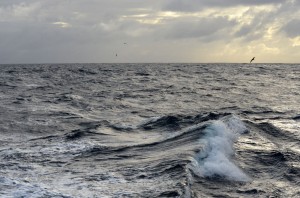
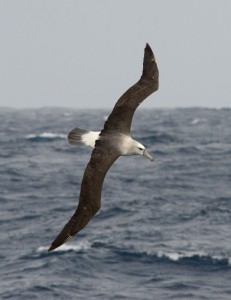
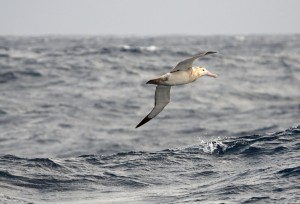



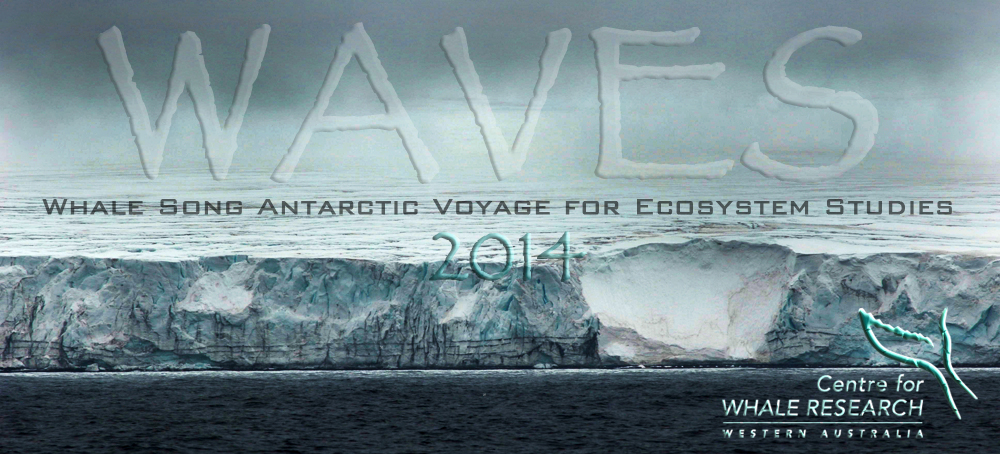










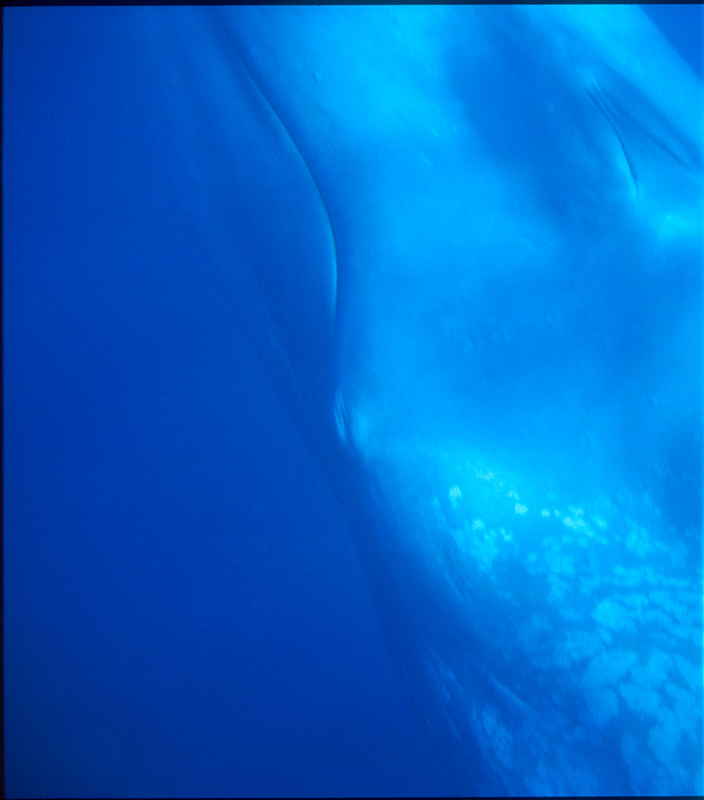
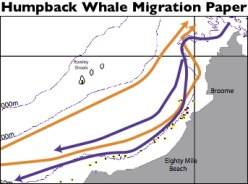
No comments yet.